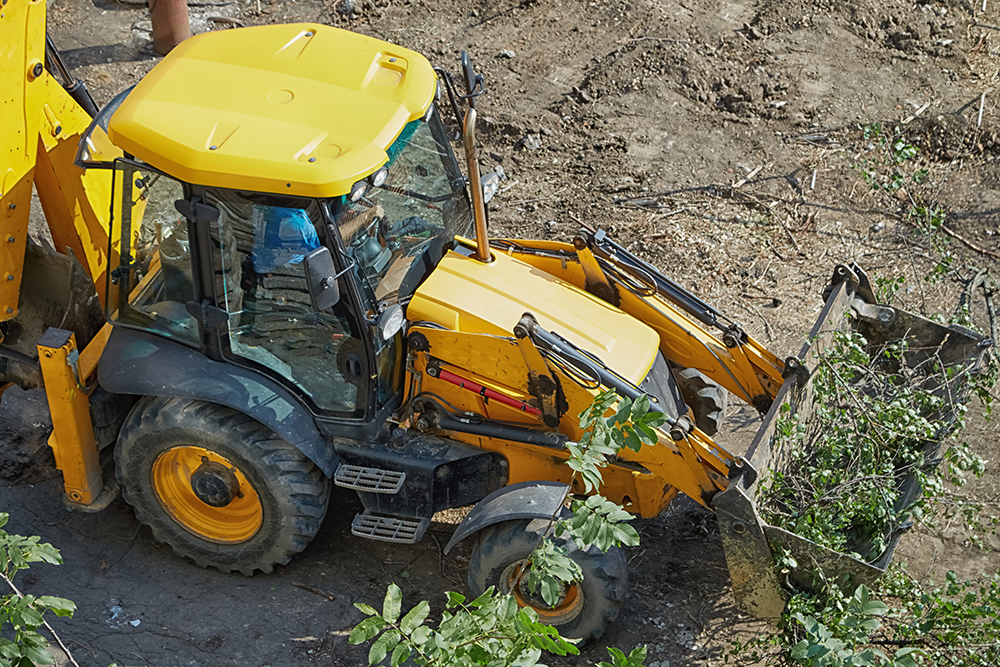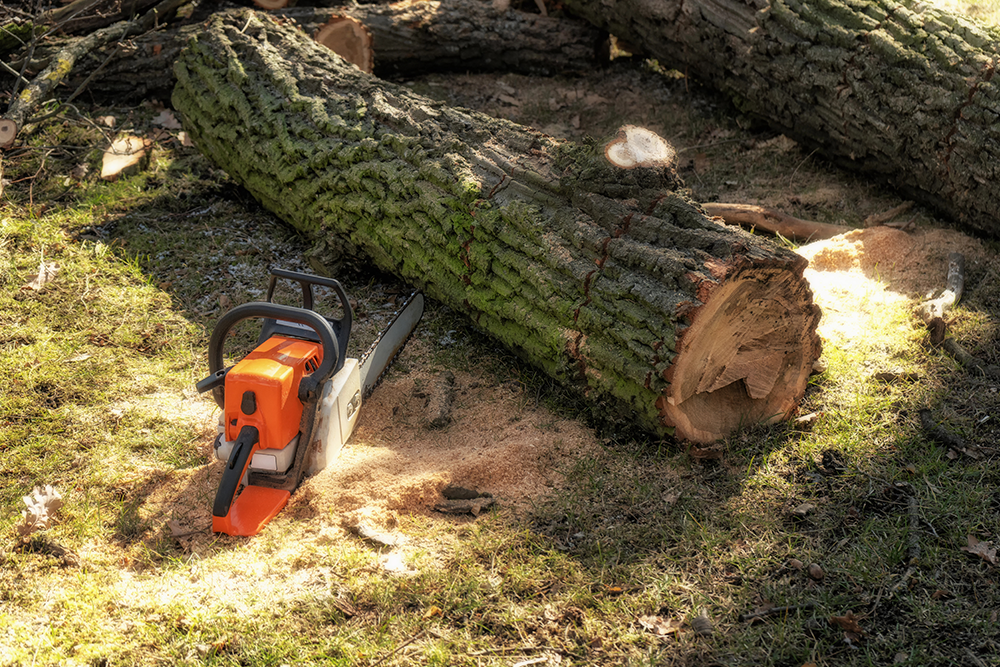Why Vegetation Management Is Crucial For Utilities?

Vegetation management for utilities is an ongoing process addressing potential risks from overgrown or improperly managed vegetation. It plays a significant role in maintaining the reliability and safety of utility services, especially power lines, transformers, and infrastructure.
Vegetation like trees, shrubs, and invasive plants, if left unchecked, can lead to power outages, fires, and even public safety hazards. The need for a professional vegetation management strategy is stronger than ever in our rapidly evolving world – where natural and human-made risks are more prevalent.
Utilities, particularly those dealing with power lines, must focus on proper vegetation control. This is necessary to prevent issues related to transmission infrastructure. Left unchecked, trees can grow too close to power lines. This poses a risk for both electrical outages and wildfires.
Additionally, overgrown vegetation can create fire hazards and obstruct critical access roads. This makes the maintenance of infrastructure difficult. Thus, managing vegetation around these assets is an ongoing priority.
The Benefits of Vegetation Management for Utilities
Effective vegetation management supports several key outcomes, all of which contribute to maintaining a safe and reliable infrastructure.
- Service Reliability
One of the primary reasons vegetation management is a key component for utilities is the improvement of service reliability. When vegetation is not managed properly, trees and other plants can interfere with power lines, transformers, and other infrastructure.
A simple gust of wind can cause a tree branch to fall on power lines. This leads to widespread outages that disrupt service for residents and businesses. A well-maintained vegetation control program can prevent these interruptions. Thus, utilities can meet the needs of their customers without the risk of costly outages.
- Public Safety
Another significant reason why vegetation management is important is public safety. Overgrown trees and plants can cause a range of dangers, from downed power lines to fire hazards. In areas where wildfires are a concern, unchecked vegetation can act as fuel for fires. This can spread rapidly across communities.
The risk of wildfires caused by vegetation overgrowth is reduced by controlling vegetation near utility infrastructure. Furthermore, dangerous plants like poison ivy, poison oak, and other invasive species can pose a health risk. Managing vegetation, and utilities helps protect the surrounding community from these hazards.
- Cost Reduction
Managing vegetation may seem like an expensive and labor-intensive task. However, it can actually save utilities significant money over time. Unmanaged vegetation can cause damage to infrastructure and result in costly repairs and replacements.
Wildfires triggered by vegetation overgrowth are another expensive consequence of poor vegetation management. Utilities that implement effective vegetation control strategies can reduce the risk of these costly issues.
Furthermore, when vegetation is properly managed, the cost of maintaining equipment and infrastructure decreases. Utilities will need fewer emergency repairs.
- Environmental Benefits
Proper vegetation management goes beyond infrastructure and safety—it also benefits the surrounding ecosystem. Utilities can restore the natural balance of local ecosystems by removing invasive species.
Vegetation management also minimizes the spread of pests and diseases that can damage local plant and animal species. When managed correctly, the vegetation that remains in place can offer environmental benefits, such as providing habitats for wildlife. This will enhance biodiversity and protect soil quality.
Key Strategies for Effective Vegetation Management for Utilities
Vegetation management requires a thoughtful and systematic approach. Utilities can choose from a range of strategies to keep vegetation under control, based on the specific needs of their infrastructure and the surrounding environment.
- Tree Pruning
Tree pruning involves trimming branches and foliage to prevent them from growing too close to utility infrastructure. With careful pruning, trees can be directed away from power lines. This will prevent accidental contact that can lead to outages or fires.
Vegetation managers can reduce the need for repeated maintenance and prolong the life of the tree by practicing directional pruning. This also helps preserve the tree’s overall health and structure while keeping it safe from interfering with critical infrastructure.
- Tree Removal
Sometimes, tree removal is the only option when trees are too close to power lines or when they are damaged beyond recovery. Removing trees in high-risk areas reduces the likelihood of power outages caused by fallen trees or limbs.
Although tree removal can be costly and time-consuming, it is a necessary step in keeping power lines and other infrastructure secure. Utilities often rely on licensed contractors with the proper training and equipment to safely remove trees and other hazards in challenging locations.
- Brush Removal
Brush piles and overgrown vegetation can pose a significant risk, particularly in areas where there is a lot of dry, dead plant material. Brush removal is necessary to prevent wildfires, especially in high-risk areas.
By clearing brush from around power lines and other infrastructure, utilities can reduce the chance of a fire starting and spreading. Herbicides and other methods may be used to manage brush regrowth. These approaches help utilities maintain their infrastructure and surrounding environments in the long term.
- Vegetation Control
Vegetation control is often used to limit the growth of unwanted or hazardous plants. This might include using herbicides or other targeted treatments to suppress the growth of weeds, invasive plants, or other types of vegetation that pose a risk to utility assets.
Herbicides are applied in a controlled manner to avoid damage to the surrounding environment. It is a safe, effective way of keeping areas clear of unwanted vegetation while reducing the costs of manual labor.
The Role of Licensed Contractors in Vegetation Management
While many utilities handle vegetation management internally, there are certain tasks that require the expertise of licensed contractors. A licensed contractor has the necessary training, tools, and knowledge to handle complex vegetation management projects safely and efficiently.
For example, power line clearing and tree removal near electrical infrastructure require specialized equipment and skills. Vegetation control in environmentally sensitive areas also demands expertise that only licensed contractors can provide.
A More Sustainable Future for Utility Operations
Coleman Environmental Engineering, LLC understands the importance of vegetation management in guaranteeing reliable, safe utility operations. With decades of experience in the field and a strong focus on environmental responsibility, we help utilities and communities manage vegetation efficiently.
We work as your partner to create tailored vegetation management plans that keep infrastructure safe, reduce the risk of wildfires, and improve long-term sustainability. Our licensed contractors are trained to handle the toughest vegetation management challenges with the utmost professionalism. See our projects and contact us today.

